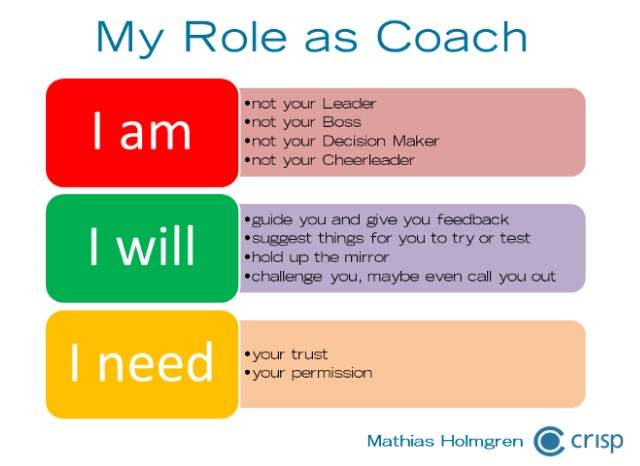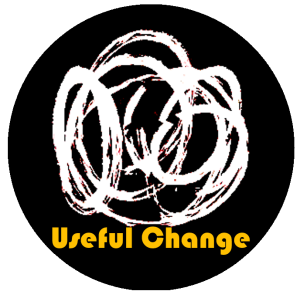Agile Coach – A person of many hats
March 14, 2019

![Agile-Coach-Competency-Framework-for-website.0011[1]](https://usefulchange.com/wp-content/uploads/2020/06/Agile-Coach-Competency-Framework-for-website.00111.jpg)
This is a pretty good indicator of what an Agile Coach has in their tool kit. If we look at both the left side and right side of this model, I can see these as “hats” that an Agile Coach will wear at times when they are working with teams or organizations. I can speak personally that I wear these hats often and have even at times wanted to go the Mentoring/Consultant hat far too quickly. But for me, I realize that sometimes it can cause more harm than good.
As an Agile Coach working for a Consulting firm, I am expected to be that Agile Expert coming into an organization and wave the magic wand and everything changes. This is never the case. Many times, an organization recognizes that change needs to happen and they hire consultants to come in and change an organization. The consultants come in and make a series of recommendations, the company adopts them, the consultants go away, the company goes back to the status quo. Then later, the company repeats the cycle of some sort.
In my practice as a Coach, I find that the people I work with and support are far more responsive to ideas of change if they develop the ideas themselves. Then they own it and feel motivated to do something about it. Through coaching,
Last year I received my ICP-ACC certification from Sue Johnston, It’s Understood. It was there, that I learned that I did in fact go to solving the problem to quickly and I realized that I was wearing the Consultant hat too quickly. I was arriving at the “Action” before the people I was coaching knew what the problem was. This image proved to be very helpful for me:
![coaching-basics-and-coaching-models-16-638[1]](https://usefulchange.com/wp-content/uploads/2020/06/coaching-basics-and-coaching-models-16-6381.jpg)
Now I want to say here that I do not disagree the responses of my colleagues. What they said was very valid from a different angle. They were viewing the first image from the “Consultant” hat and are working in environments that: a) has very high expectations of consultants providing the answers; and b) believe that what we “consultants” are recommending should be instant success. An Agile Coach primarily wearing the “Coaching” hat would take too long to help an organization change. In that kind of environment, the “Coaching” hat wouldn’t necessarily work. I’m not saying that it wouldn’t work. The people that we are coaching must be willing to be coached.
Some links that I read in coming up with this blog post:
What is the difference between Agile Coach and Agile Consultant?
Blog: Coaching and Action Learning
To be respectful of my colleagues, I did not include their comments or names. That being said, if my colleagues read this and would like to continue the conversation by replying to this post, I would be happy to do so. I ask that you also read the blog posts above as well. They illustrate my perspective of what an Agile Coach is, and what an Agile Consultant is. These are my perspectives of a conversation that I am very passionate about, because this is about what makes me, me.

